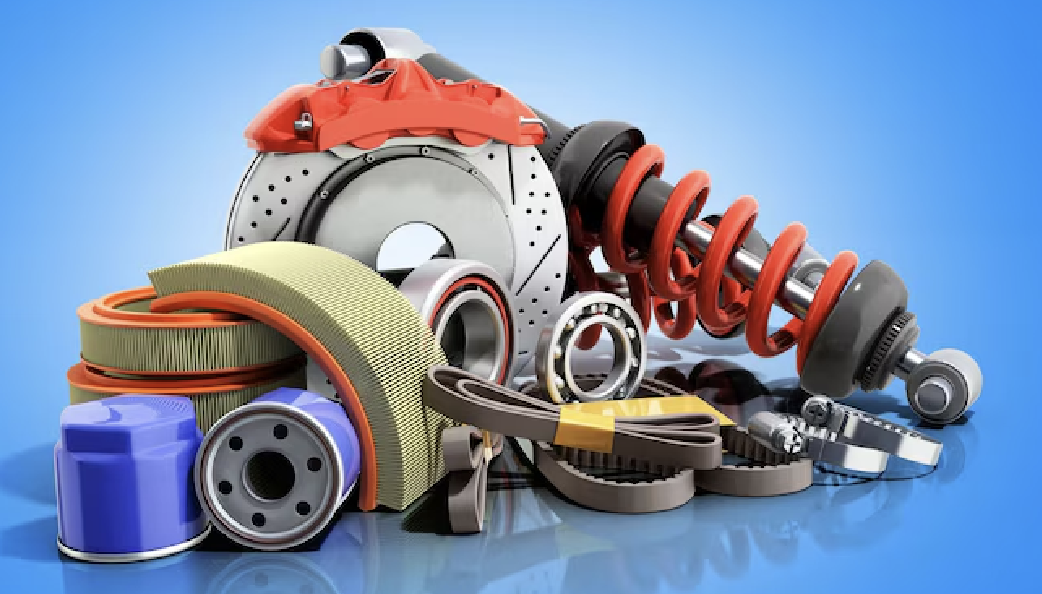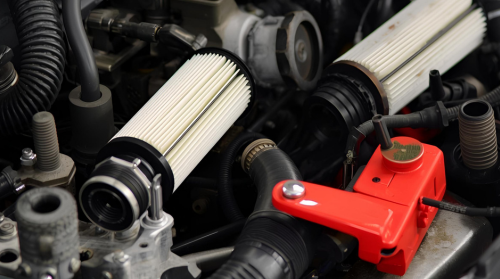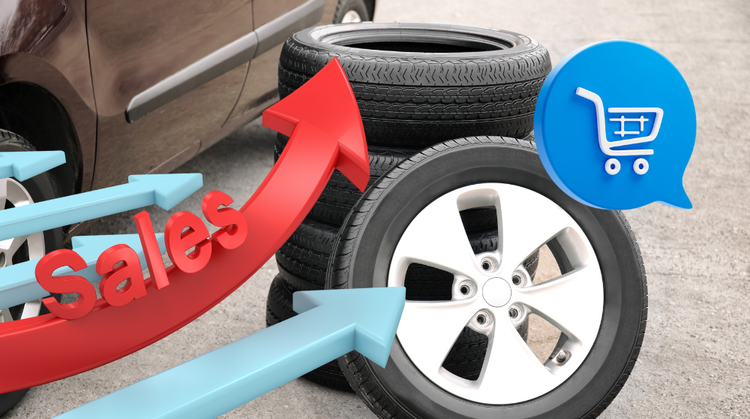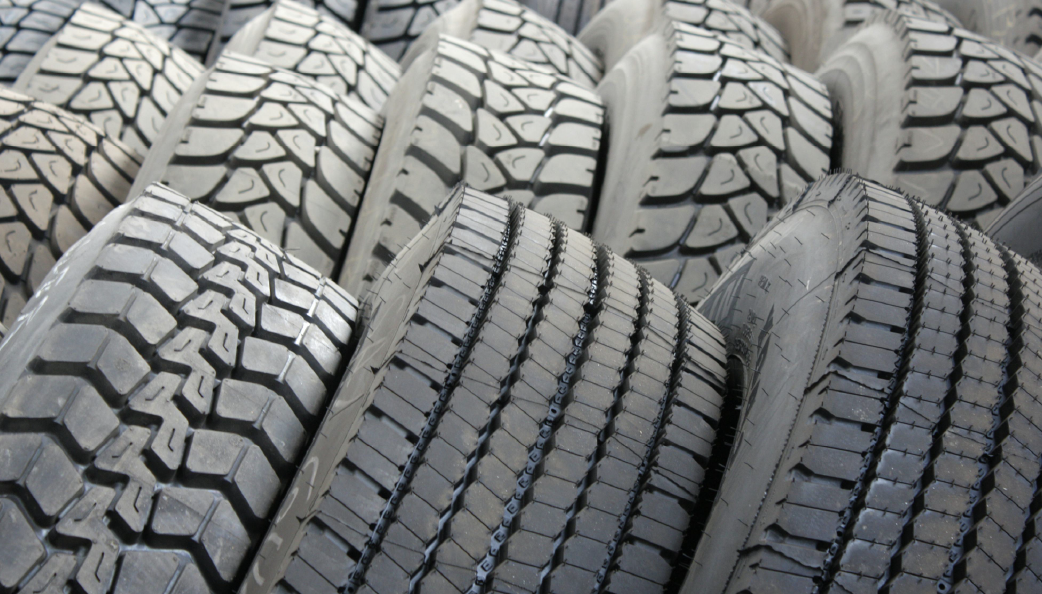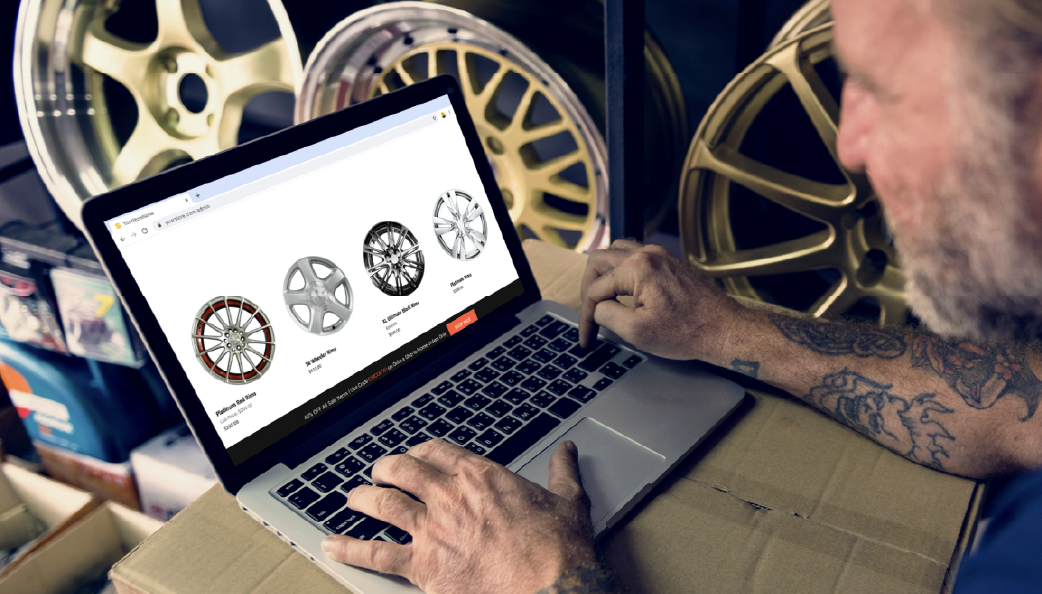In the growing aftermarket and auto parts sector, having a professional digital catalog that follows leading cataloging standards has become essential for manufacturers, distributors, and retailers. While vehicle sales remain central to the automotive market, the distribution and commercialization of parts is undergoing significant transformation through digitization.
A cataloging standard is a set of rules that defines the information each product must include in a digital catalog to facilitate identification, search, and online sales. According to TecAlliance, a leader in information solutions for auto parts, a standardized digital catalog reduces product selection and return errors by 30%, improving the experience for both sellers and buyers.
Main cataloging standards in the global market
In the U.S., the most widely used standard is AutoCare, while in Europe, TecDoc prevails. Both systems organize and standardize vehicle and part data, ensuring that products listed on marketplaces and e-commerce platforms contain accurate and complete information.
AutoCare, for instance, aggregates data from manufacturers and distributors to ensure that each part is correctly linked to compatible vehicle models. This is critical, as a single part can be compatible with up to 32 different vehicles. This helps prevent customers from receiving incompatible products, reducing return costs and boosting trust in online sales.
TecDoc, owned by TecAlliance, goes further by enabling searches using both OEM and IAM reference codes, even when not directly listed in the seller's catalog. This expands choices for end users and helps sellers avoid lost sales due to catalog mismatches.
Real-world digitization cases in the industry
Major manufacturers and distributors are already using these standards successfully. Brands like FORD, STELLANTIS, RENAULT, BMW, BOSCH, and BRIDGESTONE have implemented these systems to digitize their catalogs and synchronize inventories. For example, BMW adopted TecDoc so its distributors can update prices and stock levels in real time through a single platform — reducing errors and speeding up purchases for workshops and retailers.
In another case, STELLANTIS automated inventory management using AutoCare, enabling distributors to update stock levels immediately upon sale, avoiding stockouts and streamlining restocking. These technological improvements directly impact the daily operations of workshops and retailers, who now enjoy more options and greater confidence when searching for parts online.
Moving toward effective digitization
To thrive in online auto parts sales, it’s not enough to have a digital catalog — it must meet the standards required by marketplaces and e-commerce platforms. This includes accurately detailing each product, linking it to compatible vehicles, and maintaining real-time updates of pricing and inventory.
According to a 2024 report by Frost & Sullivan, companies that adopt these standards and digitize their catalogs report an average 20% increase in online sales in the first year. This trend confirms that digitization, backed by professional and standardized cataloging, is a clear path to growth in an increasingly competitive and connected market.
If you want to take your business to this level of digitization, having a catalog that complies with key standards like AutoCare and TecDoc is a strategic first step. The auto parts industry is already moving toward faster, more reliable processes centered on the needs of workshops, retailers, and final buyers.
